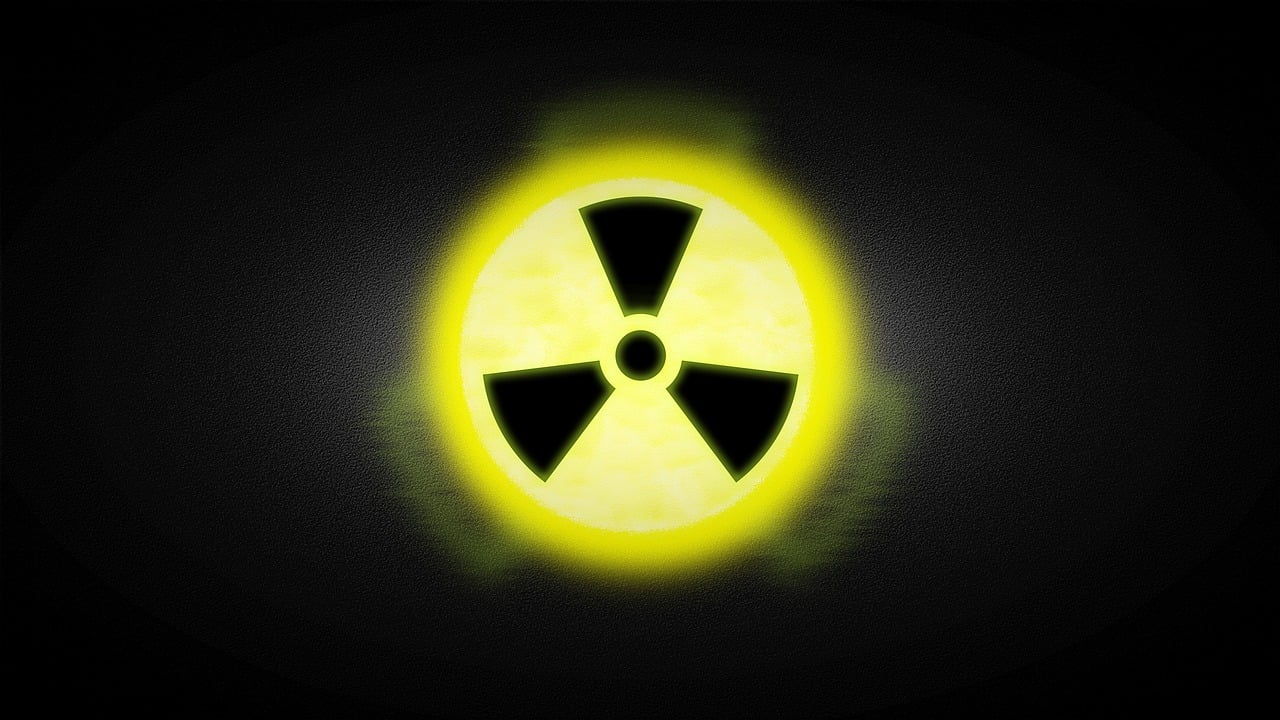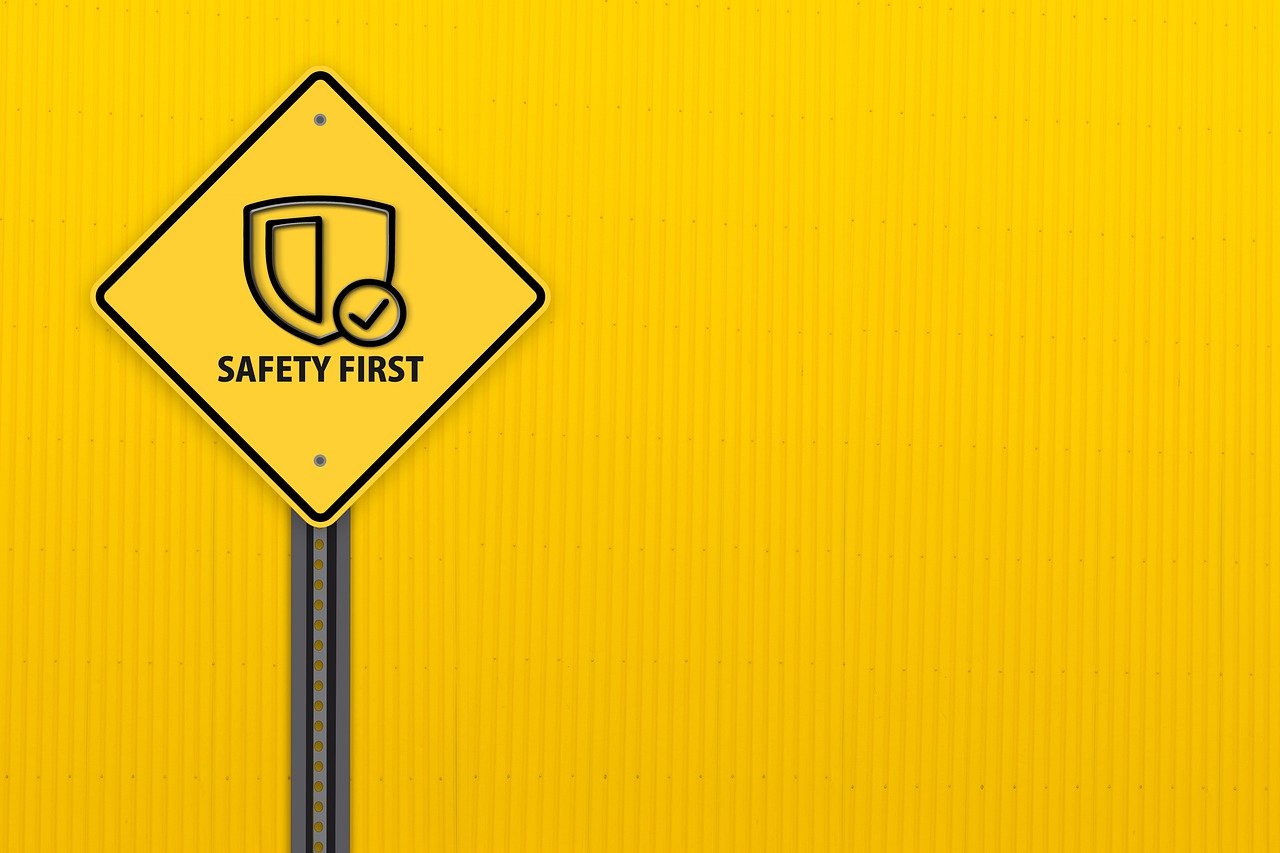Confined spaces are an integral part of many industrial processes, yet they pose significant safety hazards to workers. Defined as areas not intended for continuous human occupancy, confined spaces can include tanks, vessels, silos, pits, and underground vaults. While these spaces serve crucial functions in various industries, understanding their risks and implementing safety measures is essential for protecting workers.
What is a Confined Space?
A confined space is characterized by three main features:
Limited Access: These spaces typically have restricted entry points, making it challenging for workers to enter or exit quickly in an emergency. The confined nature can hinder mobility and reduce the effectiveness of rescue operations.
Hazardous Atmospheres: Confined spaces may contain harmful gases, vapors, or insufficient oxygen levels. These conditions can lead to asphyxiation or poisoning, presenting severe risks to worker health.
Engulfment Risks: Workers can be at risk of being engulfed by materials like grain, sand, or liquids, which can lead to suffocation or drowning. The danger of engulfment is particularly prevalent in spaces containing loose materials.
Additional Hazards: Other potential dangers include slips, trips, falls, and exposure to hazardous materials or machinery. The combination of these factors makes confined spaces particularly perilous environments.
Safety Considerations for Confined Spaces
To ensure the safety of workers entering confined spaces, several best practices should be implemented:
Risk Assessment: Before entering a confined space, a thorough risk assessment must be conducted. This assessment identifies potential hazards and establishes appropriate safety protocols to mitigate risks.
Permit Systems: Many organizations implement a permit-required confined space program. This system ensures that proper procedures are followed, including monitoring atmospheric conditions and ensuring that safety measures are in place.
Training: Comprehensive training is vital for workers who may enter confined spaces. This training should cover the risks associated with confined spaces, emergency procedures, and the proper use of personal protective equipment (PPE).
Ventilation: Adequate ventilation is crucial for maintaining a safe atmosphere in confined spaces. Ventilation systems, such as fans or blowers, should be used to circulate air and disperse harmful gases, ensuring that oxygen levels remain safe.
Emergency Preparedness: A robust rescue plan should be in place before any entry into a confined space. This plan should include designated rescue personnel, appropriate equipment, and clear procedures for responding to emergencies.
Conclusion
Confined spaces are vital in many industrial settings but present significant safety challenges. Understanding the risks associated with these environments and implementing effective safety measures is essential for protecting workers. By prioritizing training, conducting thorough risk assessments, and establishing emergency preparedness protocols, organizations can mitigate the dangers associated with confined spaces. Promoting a culture of safety not only helps protect workers but also contributes to overall operational efficiency and productivity. As industries continue to evolve, maintaining a focus on confined space safety will remain crucial for ensuring a safe working environment.















